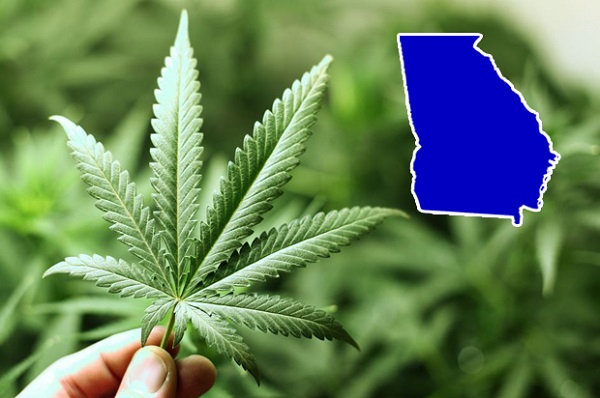A recently published study by King’s College London caught the attention of the media because it found a link between heavy use of potent marijuana and structural changes in the brain, most notably a decrease in white matter volume and integrity.
As usually happens with this kind of research, some media immediately made bold assumptions that cannabis was responsible for this supposed difference in brain structure and that there was an urgent need to change policy in accordance with these findings. But to what extent is this really the case?
As with many other studies, when we examine the content of the text more closely, we find that there are many more aspects to this story than would be assumed based on simplistic media articles.
Read more about the study
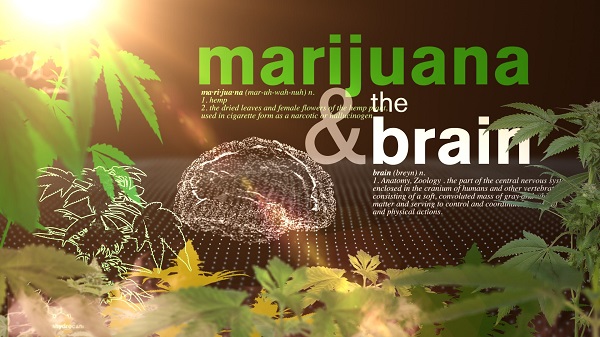
Before examining the various shortcomings of the study, let us briefly review its contents. The study included 99 participants, of whom 56 reported a previous psychotic episode (https://doi.org/10.1017/S0033291715002342). Their brain matter was assessed using a particular type of MRI called diffusion-tensor imaging (DTI). This advanced technique measures in 3D the diffusion rate of aqueous molecules through body tissues and analyzes certain tissues and structures with high accuracy and detail.
The scan evaluated white matter, which consists of dense bundles of myelinated axons (nerve fibers) that connect different regions of gray matter. Neurons are located in the gray matter. We can say that neurons create information, and axons transmit it to other neurons, which then process it. In particular, the study focused on the corpus callosum, which connects the left and right hemispheres and is the largest white matter structure of the brain.
What have scientists discovered?
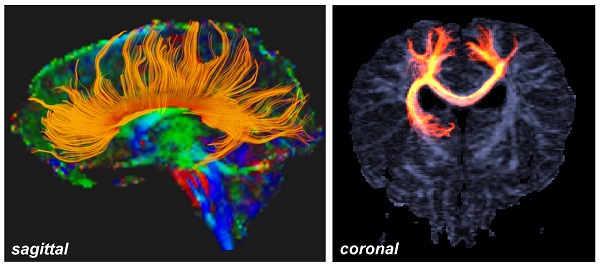
In diffusion-tensor imaging (DTI) scans, mean diffusion (MD) is an important indicator. This indicator serves as one method of determining the diffusion rate of aqueous molecules in tissue. If MD is greater than normal, it may indicate decreased axonal bundle density and damage to the myelin sheaths surrounding and insulating each axon, allowing signals to travel rapidly along them.
In analyzing the cerebellar body, the researchers found that the most active cannabis users had significantly increased MD compared to a control group that did not use cannabis. This correlation was noticeable among all avid cannabis users, including those who did not suffer from psychosis.
One of the lead authors of the study, Dr. Thiago Reyes Marquez, noted, “White matter damage was significantly higher in active high cannabis users compared with occasional or moderate users, and it was independent of the presence of psychotic disorder.”
Another principal investigator, Paola Dazzan, added: “There is an urgent need to educate medical professionals, the public, and policymakers about the risks associated with cannabis use.»
What’s wrong with the study?
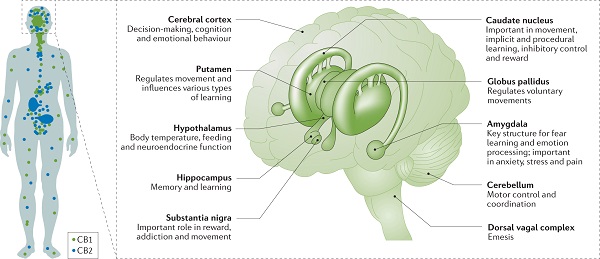
So what is wrong with this situation? First of all, it seems that the media and researchers made a serious mistake by confusing correlation with causation. It is true that there is a correlation between the degree of cannabis use and the structural differences cited, but the study contains no data indicating that cannabis caused these changes.
It may be that previous structural abnormalities in some individuals predisposed them to heavy cannabis use rather than that cannabis use itself caused the changes.
Moreover, the effectiveness of the cannabis the study participants said they used was simply categorized as low (similar to hashish) or high (similar to skunk); without much effort to determine cannabinoid levels and ratios, this seems like a pretty useless classification. The study also did not establish how much cannabis each participant consumed, for how long, or whether other substances were used with it.
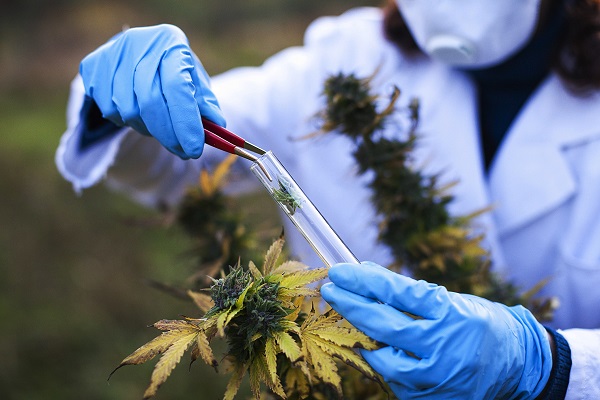
In addition, some noted the small sample size and the difficulty in getting meaningful results out of it. However, the sample size is not extremely small for a preclinical study such as this. It is certainly true that the final conclusions in the media reports were based on insufficiently conclusive data (along with misleading statements by researchers who should have known better), which inherently requires additional research.
What would this study ideally look like?
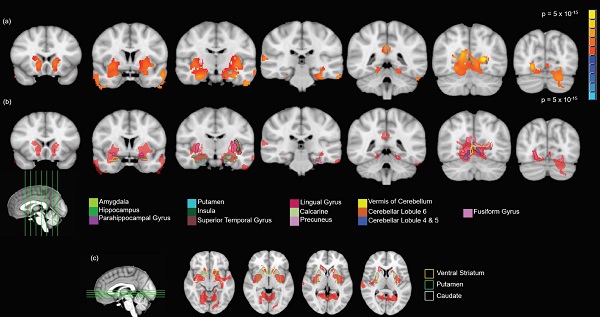
The paper under consideration is a cross-sectional study in which different groups of samples at a given point in time are analyzed and certain variables are compared to identify possible associations. By their very nature, however, cross-sectional studies cannot determine causality because they do not account for temporal trends. In this case, researchers cannot claim that changes occurred as a result of cannabis use because they cannot determine whether the changes were already present.
In addition, cross-sectional studies are limited in that they directly compare a limited set of variables from which to draw conclusions and do not account for other distorting factors. In this case, the possible harms could have been caused by something entirely other than cannabis use, such as alcohol or tobacco use, which the researchers did not consider.
To prove that cannabis use causes structural changes in the brain in people, it is theoretically possible to conduct a randomized controlled trial in which cannabis is administered to subjects who have not previously used any psychoactive substances. However, such a study may be ethically unacceptable and inconsistent with medical standards.
However, due to ethical and legal constraints, such a study would not have been possible. If the participants had suffered brain damage, they, as healthy people, could have gone to court. In addition, cannabis remains illegal in the United Kingdom, where the study was conducted, except for a small list of approved conditions, which is also a barrier to conducting such research. Although such studies can be conducted on animals, they are of limited value in finding answers specific to humans.
Thus, researchers are forced to confine themselves to observing people who voluntarily use cannabis and are willing to be studied. The best choice when trying to establish cause and effect is to use a longitudinal cohort study that observes the same group of people over time and tracks changes in consumption habits (as well as other lifestyle factors) and compares them to observed physical changes.
Although there have been several longitudinal studies examining cannabis and mental health, none have examined the effects of cannabis on white matter (except one that looked at teenagers who used both cannabis and alcohol, and implied that alcohol was particularly harmful). It is likely that cannabinoids may be responsible for white matter degradation.
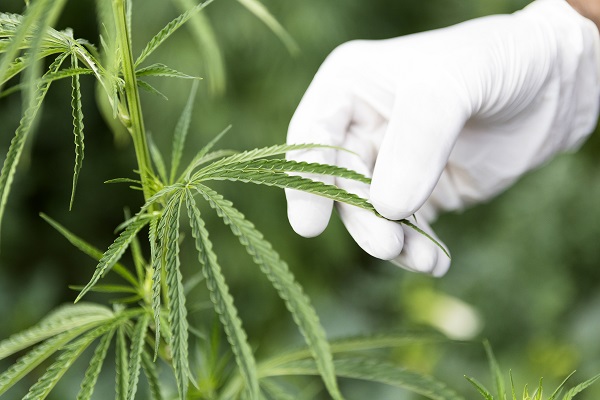
Some media have changed their minds
It is interesting to note that the press release on the King’s College website was originally titled “Study shows white matter damage caused by ‘skunk-like’ cannabis”; this has now been changed to “Study shows white matter damage can be caused by ‘skunk-like’ cannabis (https://www.telegraph.co.uk/news/health/news/12019820/Skunk-causes-damage-to-vital-nerve-fibres.html).
Of course, as is usually the case with such studies, the more moderate media (The Guardian (https://www.theguardian.com/science/2015/nov/27/smoking-high-strength-cannabis-skunk-may-damage-nerves-brain), The Independent) took care to include the word “may,” while the more strident “bulletins” (The Telegraph) (https://www.independent.co.uk/life-style/health-and-families/health-news/skunk-cannabis-can-cause-significant-brain-damage-a6751121.html) made sure to leave it out.
Of course, the right-wing press pulled no punches: The Sun memorably announced that “Scientists warn that smoking ‘stinky’ marijuana destroys the brain,” and The Mail trumpeted, “Evidence that hard marijuana ACTUALLY harms your brain”; this blatant misrepresentation was enough to prompt the UK National Health Service to publish an article debunking the sensational reports.
However, despite the flaws in the study and the media reports about it, it at least points to the possibility that cannabis may indeed be the cause of the change, and therefore its conclusions should not be ignored. To do so would be to fall into the same trap of assuming that the question is resolved, when in fact it has only just begun to be answered.



